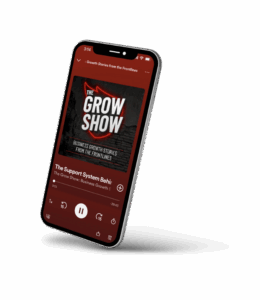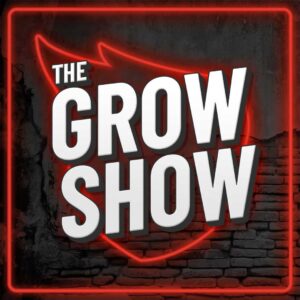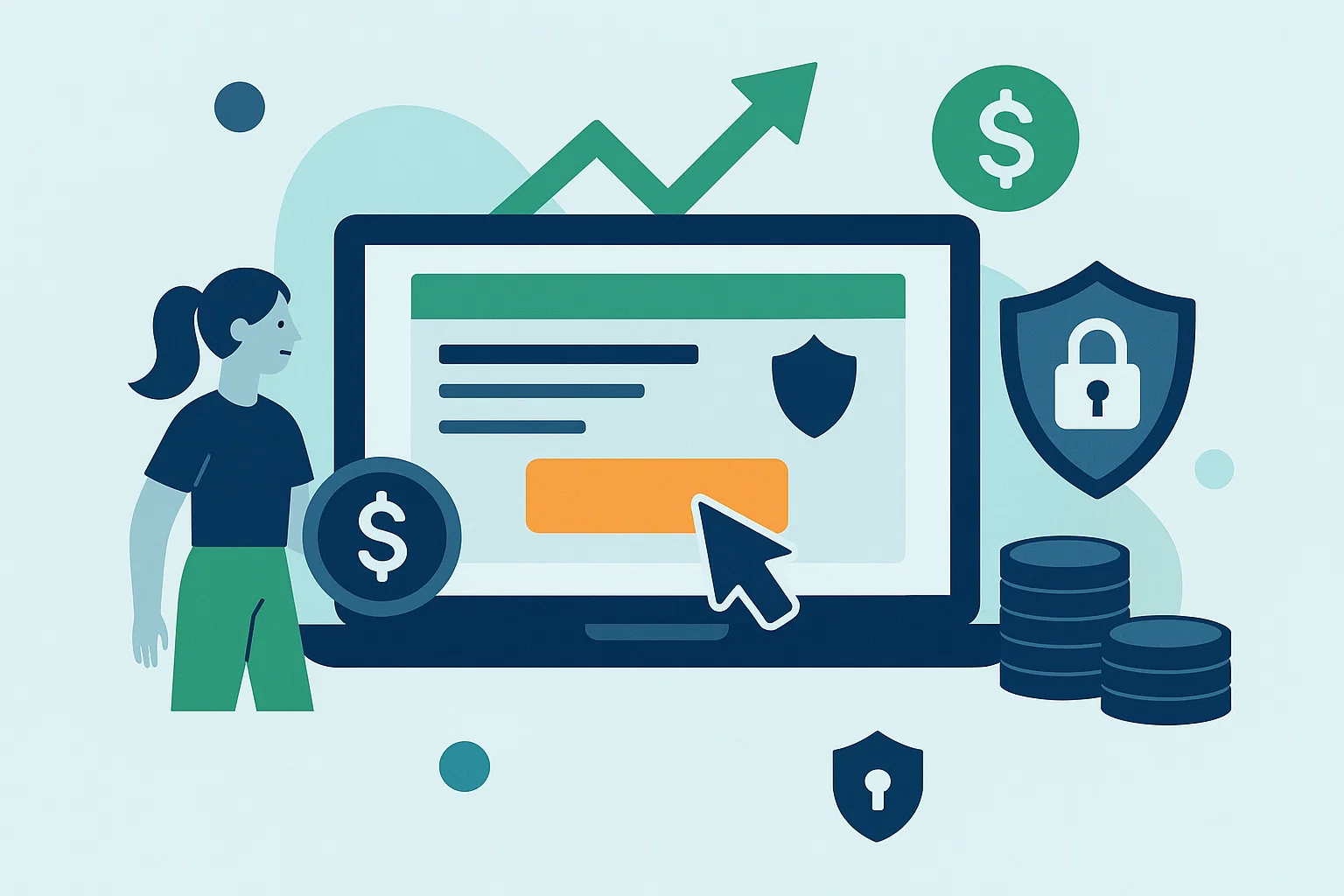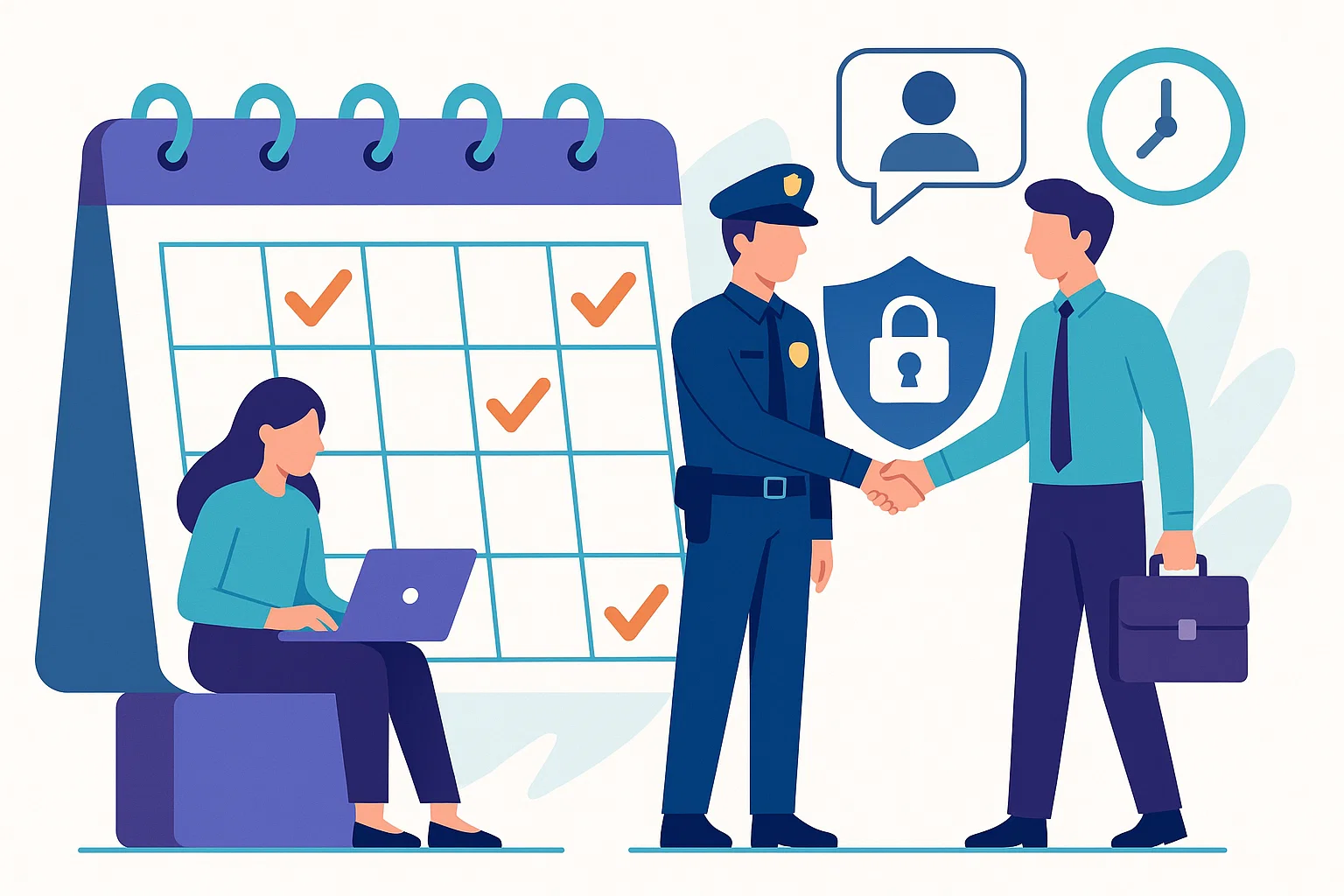Google Ads remains one of the most powerful digital advertising platforms available today, offering businesses of all sizes a way to reach millions of potential customers. But the question that inevitably arises for marketers and business owners alike is: how much do Google Ads actually cost? Understanding the pricing structure, factors influencing costs, and how to optimize your budget is essential to running successful campaigns that deliver real results.
Contents
- 1 Understanding the Basics of Google Ads Pricing
- 2 Factors That Influence Google Ads Costs
- 3 How Much Should You Budget for Google Ads?
- 4 Strategies to Optimize Google Ads Costs
- 5 Real-World Examples and Case Studies
- 6 Conclusion: Is Google Ads Worth the Investment?
- 7 Maximize Your Google Ads ROI with Abstrakt Marketing Group
Understanding the Basics of Google Ads Pricing
Google Ads operates primarily on a pay-per-click (PPC) model, meaning advertisers pay only when someone clicks their ad. This model ensures that your budget is spent on actual engagement rather than impressions alone. However, the cost per click (CPC) can vary dramatically depending on several factors.
On average, businesses can expect to pay anywhere from $1 to $2 per click on the Google Search Network, but some industries see CPCs as high as $50 or more. For example, highly competitive sectors like legal services, insurance, and finance tend to have much higher CPCs due to intense competition for valuable keywords. The competitive landscape can shift rapidly, influenced by market trends, seasonal demands, and even economic conditions, which makes it essential for advertisers to stay informed and agile in their bidding strategies.
Besides CPC, Google Ads also offers other bidding models such as cost-per-thousand impressions (CPM) and cost-per-acquisition (CPA), allowing advertisers to tailor their spending based on campaign goals. Understanding these models can help businesses optimize their ad spend and maximize return on investment, especially when targeting specific audience segments or launching new products.
Cost Per Click (CPC): The Most Common Pricing Model
CPC is the most widely used pricing method on Google Ads. Advertisers bid on keywords relevant to their business, and the cost per click is determined through an auction system. The auction considers factors like your maximum bid, ad quality, and expected impact of ad extensions and formats. This competitive bidding process not only rewards higher bids but also prioritizes ads with better quality scores, encouraging advertisers to create more relevant and engaging ads.
For instance, a local bakery bidding on “fresh bread near me” might pay $1.50 per click, while a national law firm bidding on “personal injury lawyer” could pay upwards of $50 per click. This discrepancy highlights how keyword competitiveness and commercial intent influence costs. Additionally, the geographic targeting of ads can play a significant role; a keyword might be less expensive in a rural area compared to a metropolitan region where competition is fierce. Advertisers must consider these nuances when planning their campaigns to ensure they are making the most of their budget.
Other Pricing Models: CPM and CPA
While CPC is dominant, CPM and CPA models offer alternatives for different advertising objectives. CPM charges advertisers based on the number of impressions (per 1,000 views), making it suitable for brand awareness campaigns where visibility matters more than clicks. This model is particularly effective for businesses looking to establish a presence in a crowded market or launch a new product, as it allows for widespread exposure without the immediate pressure of generating clicks.
CPA, or cost-per-acquisition, charges advertisers only when a specific action occurs, such as a purchase or sign-up. This model is ideal for performance-driven campaigns focused on conversions rather than traffic volume. Advertisers can set a target CPA based on their budget and desired return on investment, allowing for more precise control over spending. Furthermore, CPA bidding can be enhanced through machine learning algorithms, which help optimize campaigns by analyzing user behavior and adjusting bids in real-time to maximize conversions while minimizing costs. This dynamic approach can lead to more efficient ad spending and improved campaign performance, making it a popular choice among savvy marketers.
Factors That Influence Google Ads Costs
Google Ads costs are not fixed; they fluctuate based on a mix of internal and external factors. Understanding these variables can help advertisers manage budgets effectively and achieve better ROI.
Keyword Competition and Quality Score
Keyword competition is one of the biggest drivers of cost. Popular, high-intent keywords attract more advertisers, driving up CPC. However, Google doesn’t just look at your bid; it also evaluates your ad’s quality score, which includes relevance, expected click-through rate (CTR), and landing page experience.
A high-quality score can lower your CPC significantly. For example, two advertisers bidding $5 on the same keyword might pay different amounts if one has a better quality score. This system incentivizes advertisers to create relevant, engaging ads and user-friendly landing pages. Moreover, the importance of continuous optimization cannot be overstated; regularly updating ad copy, testing different landing pages, and refining keyword lists can lead to improved quality scores over time. Advertisers who invest in understanding their audience and crafting tailored messages often see a more favorable cost-to-conversion ratio.
Geographic Targeting and Audience Segmentation
Where your ads appear matters. Targeting high-income urban areas or countries with higher purchasing power often leads to higher CPCs due to increased competition. Conversely, targeting less competitive regions can reduce costs but might limit reach.
Additionally, audience segmentation—such as targeting specific demographics, interests, or behaviors—can influence costs. More refined targeting usually results in higher CPCs but can improve conversion rates by reaching the most relevant users. For instance, a campaign aimed at tech-savvy millennials may yield higher costs due to the competitive nature of that demographic, but the potential for higher engagement and conversion rates often justifies the expense. Furthermore, utilizing tools like Google Analytics can provide insights into audience behavior, allowing for more strategic adjustments in targeting that can balance cost and effectiveness.
Ad Rank and Auction Dynamics
Google Ads uses an Ad Rank formula to determine the position of your ad and how much you pay. Ad Rank is calculated based on your bid amount, quality score, and the expected impact of ad extensions and formats. Higher Ad Rank means better ad placement and often lower costs per click.
Because Google’s auction is dynamic, costs fluctuate in real time based on competing bids and ad quality. This means that costs can vary day-to-day or even hour-to-hour, depending on market demand. Advertisers must remain agile and responsive to these changes, adjusting bids and strategies as necessary. Seasonal trends, economic shifts, and even global events can impact user behavior and competition levels, prompting a need for constant monitoring and adaptation. Additionally, leveraging automated bidding strategies can help optimize ad spend in real-time, allowing advertisers to focus on crafting compelling content while algorithms handle the intricacies of bidding dynamics.
How Much Should You Budget for Google Ads?
Determining the right budget for Google Ads depends on your business goals, industry, and campaign objectives. While there’s no one-size-fits-all answer, some guidelines can help you set realistic expectations.
Small Businesses and Startups
For small businesses or startups new to Google Ads, a monthly budget between $500 and $2,000 is a common starting point. This range allows for testing different keywords, ad copy, and targeting strategies without overspending.
Initial campaigns should focus on gathering data and optimizing for conversions. As performance improves, budgets can be scaled to capture more market share. It’s also beneficial to allocate a portion of your budget for A/B testing different ad formats and landing pages. This experimentation can reveal which combinations resonate best with your audience, ultimately leading to higher conversion rates and a more efficient use of your budget.
Medium to Large Businesses
Established businesses with more aggressive growth targets often allocate $10,000 or more monthly to Google Ads. This level of investment supports multi-channel campaigns, extensive keyword targeting, and advanced audience segmentation.
At this scale, it’s crucial to have a dedicated team or agency managing campaigns to maximize ROI and minimize wasted spend. Additionally, larger budgets allow for the exploration of remarketing strategies, which can re-engage users who have previously interacted with your brand. By strategically targeting these warm leads, businesses can significantly increase their chances of conversion, making the most of their advertising dollars.
Industry-Specific Budget Considerations
Certain industries require higher budgets due to competitive pressures. For example, the legal sector often sees average CPCs exceeding $50, necessitating larger budgets to generate meaningful traffic. Conversely, niche B2B sectors might achieve success with lower CPCs but require more precise targeting.
Moreover, seasonal trends can also impact budgeting decisions. Industries such as retail may need to ramp up spending during peak shopping seasons to capitalize on increased consumer interest. In contrast, service-based industries might find that their budgets fluctuate based on project availability and client demand. Understanding these nuances can help businesses allocate their budgets more effectively throughout the year, ensuring they remain competitive and visible in their respective markets.
Strategies to Optimize Google Ads Costs
Effectively managing Google Ads costs isn’t just about setting a budget; it’s about deploying smart strategies that maximize the value of every dollar spent.
Focus on High-Intent Keywords
Prioritize keywords that indicate strong purchase intent. These keywords typically have higher conversion rates, allowing you to spend less on clicks that don’t convert. For example, “buy running shoes online” is more valuable than “best running shoes” because it signals readiness to purchase. Additionally, consider using long-tail keywords, which, while less competitive, often attract a more targeted audience. For instance, “best trail running shoes for beginners” not only narrows the focus but also aligns closely with users who are ready to make a purchase decision.
Improve Quality Score
Enhance your ad relevance, improve your landing pages, and write compelling ad copy to boost your quality score. Higher quality scores reduce CPC and improve ad positioning, stretching your budget further. Furthermore, ensure that your landing pages provide a seamless user experience, with fast loading times and mobile optimization. A well-optimized landing page not only helps in improving your quality score but also increases the likelihood of conversions, ultimately leading to a more efficient allocation of your advertising budget.
Use Negative Keywords
Negative keywords prevent your ads from showing on irrelevant searches, reducing wasted spend. For instance, if you sell premium watches, adding “cheap” as a negative keyword ensures you don’t pay for clicks from bargain hunters unlikely to convert. Regularly reviewing and updating your negative keyword list can significantly enhance your campaign’s performance. This proactive approach allows you to refine your targeting further, ensuring that your ads reach the right audience and that your budget is utilized effectively.
Leverage Audience Targeting and Remarketing
Refine your audience targeting to focus on users most likely to convert. Remarketing campaigns allow you to re-engage visitors who have already shown interest, often at a lower CPC and higher conversion rate. Additionally, consider segmenting your audience based on their behavior, such as those who have abandoned their shopping carts or those who have previously made a purchase. Tailoring your ads to these specific segments can significantly increase engagement and drive conversions, as these users are already familiar with your brand and offerings.
Test and Optimize Continuously
Google Ads success requires ongoing testing of ads, keywords, and landing pages. Use A/B testing to identify top performers and allocate budget accordingly. Regular optimization helps reduce costs and improve campaign effectiveness over time. Beyond A/B testing, consider implementing multivariate testing to explore various combinations of ad elements, such as headlines, images, and calls to action. This comprehensive approach allows for deeper insights into what resonates with your audience, enabling you to refine your strategy and achieve better results with each iteration.
Real-World Examples and Case Studies
Understanding Google Ads costs through real-world examples helps contextualize the numbers and strategies discussed.
Local Retail Store
A local home goods store in Austin, Texas, allocated $1,000 per month to Google Ads, focusing on keywords like “furniture store Austin” and “home decor near me.” By optimizing ad copy and using geo-targeting, the store achieved an average CPC of $1.20 and a conversion rate of 8%, resulting in a cost per acquisition (CPA) of $15. This investment drove a 20% increase in monthly sales. Additionally, the store implemented seasonal promotions and highlighted local events in their ads, which resonated with the community and further boosted foot traffic. By integrating customer reviews and testimonials into their ad copy, they enhanced credibility, encouraging more potential buyers to visit their website and physical location.
Legal Firm
A personal injury law firm in New York City invested $25,000 monthly in Google Ads, targeting high-value keywords such as “car accident lawyer NYC.” Despite CPCs averaging $45, the firm’s optimized campaigns and high conversion rates justified the spend, generating over $200,000 in client revenue per month. To maximize their ad effectiveness, the firm utilized ad extensions to provide additional information such as phone numbers and links to specific practice areas, making it easier for potential clients to reach out. They also employed A/B testing for their ad copy, allowing them to refine their messaging based on real-time performance data, which ultimately led to improved click-through rates and a higher return on investment.
E-commerce Brand
An online fashion retailer spent $10,000 monthly on Google Shopping campaigns. By focusing on product-specific keywords and leveraging dynamic remarketing, the brand maintained an average CPC of $0.75 and a CPA of $20, resulting in a 5x return on ad spend (ROAS). The retailer also implemented a robust strategy for abandoned cart recovery, using targeted ads to remind potential customers of items they had left behind. Furthermore, they analyzed customer behavior through Google Analytics, allowing them to fine-tune their targeting and create personalized shopping experiences. This data-driven approach not only increased sales but also fostered brand loyalty among repeat customers, who appreciated the tailored marketing efforts that resonated with their individual preferences.
Conclusion: Is Google Ads Worth the Investment?
Google Ads costs vary widely depending on industry, competition, and campaign strategy. While some keywords come with high CPCs, the platform’s targeting precision and performance-based pricing models allow advertisers to control spend and optimize for maximum ROI.
Success with Google Ads requires a clear understanding of your business goals, continuous optimization, and strategic budget management. When done right, Google Ads can be a highly cost-effective channel that drives measurable growth and revenue.
Ultimately, the cost of Google Ads is an investment in reaching the right audience at the right time — and with the right approach, it’s an investment that pays dividends.
Maximize Your Google Ads ROI with Abstrakt Marketing Group
Ready to transform your Google Ads investment into substantial business growth? Abstrakt Marketing Group specializes in B2B lead generation, empowering businesses throughout the US and Canada with the expertise needed to generate high-quality leads and drive success. Let us help you navigate the complexities of Google Ads and achieve results that surpass your expectations. Learn More about how we can elevate your digital advertising strategy today.

Madison Hendrix
Madison has worked in SEO and content writing at Abstrakt for over 5 years and has become a certified lead generation expert through her hours upon hours of research to identify the best possible strategies for companies to grow within our niche industry target audiences. An early adopter of AIO (A.I. Optimization) with many organic search accolades - she brings a unique level of expertise to Abstrakt providing helpful info to all of our core audiences.
- Madison Hendrix#molongui-disabled-link
- Madison Hendrix#molongui-disabled-link
- Madison Hendrix#molongui-disabled-link
- Madison Hendrix#molongui-disabled-link







